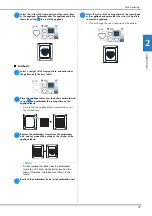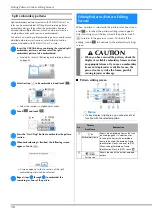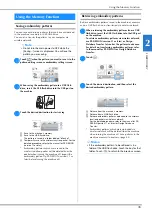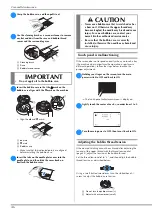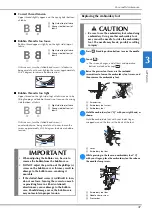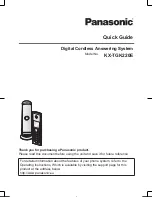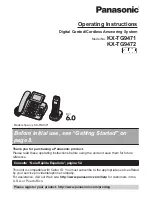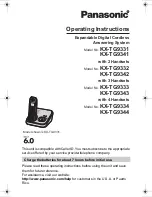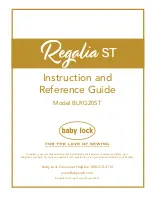
Troubleshooting
50
■
After embroidering
Upper threading is incorrect.
21
Bobbin is set incorrectly.
19
Embroidery foot is attached incorrectly.
47
Stabilizer is not attached to fabric being
embroidered.
27
Bobbin thread is incorrectly wound.
17
Upper thread breaks.
Machine is not threaded correctly (used the wrong
spool cap, spool cap is loose, the thread did not
catch the needle bar thread guide, etc.).
21
Knotted or tangled thread is being used.
–
Upper thread tension is too tight.
35
Thread is tangled.
45
Needle is turned, bent or the point is dull.
24
Needle is installed incorrectly.
24
There are scratches around the opening in the
needle plate.
*
There are scratches near the hole in the
embroidery foot.
*
There are scratches on the bobbin case.
*
Using improper needle or thread for the selected
fabric.
23
A bobbin designed specifically for this machine is
not used.
17
The thread is tangled on the wrong side of the fabric.
Upper threading is incorrect.
21
Using improper needle or thread for the selected
fabric.
23
The upper thread is too tight.
The bobbin thread is incorrectly installed.
19
Bobbin thread breaks.
Bobbin is set incorrectly.
19
Bobbin thread is incorrectly wound.
17
A scratched bobbin is being used.
19
Thread is tangled.
45
A bobbin designed specifically for this machine is
not used.
17
Fabric puckers.
There is a mistake in the upper or bobbin
threading.
17, 21
Spool of thread is set incorrectly.
17
Using improper needle or thread for the selected
fabric.
23
Needle is turned, bent or the point is dull.
24
Skipped stitches
Machine is threaded incorrectly.
17, 21
Needle is turned, bent or the point is dull.
24
Needle is installed incorrectly.
24
Dust or lint has collected under the needle plate.
45
Symptom, Cause/solution
Reference
Not embroidering
Needle is turned, bent or the point is dull.
24
Bobbin is set incorrectly.
19
Upper threading is incorrect.
21
High-pitched sound while embroidering
Pieces of thread are caught in the race.
45
Upper threading is incorrect.
21
A bobbin designed specifically for this machine is
not used.
17
There are needle holes or friction scratches in the
bobbin case.
*
The needle contacts the needle plate.
The needle clamp screw is loose.
24
Needle is turned, bent or the point is dull.
24
The handwheel does not turn smoothly.
Thread is tangled in the bobbin case.
45
Symptom, Cause/solution
Reference
Thread tension is incorrect.
Upper threading is incorrect.
21
Bobbin is set incorrectly.
19
Using improper needle or thread for the selected
fabric.
23
Thread tension is set incorrectly.
35
Bobbin thread is incorrectly wound.
19
Needle is turned, bent or the point is dull.
24
A bobbin designed specifically for this machine is
not used.
17
Embroidery pattern does not embroider correctly.
Thread is twisted.
–
Thread tension is set incorrectly.
35
Fabric was not inserted into the frame correctly
(fabric was loose, etc.).
27
Stabilizing material was not attached.
• Always use stabilizing material, especially with
stretch fabrics, lightweight fabrics, fabrics with a
coarse weave, or fabrics that often cause
pattern shrinkage. See your authorized Brother
dealer for the proper stabilizer.
27
There was an object placed near the machine, and
the carriage or embroidery frame hit the object
during embroidering.
25
Material coming out of the embroidery frame is
causing problems.
• Stretch the fabric on the frame once again so
that the material coming out of the embroidery
frame does not cause problems, rotate the
pattern and embroider.
27
A heavy fabric is being embroidered, and the
fabric is hanging off the table.
• If embroidery is done with the fabric hanging off
the table, the embroidery unit movement will be
impaired. Support the fabric while embroidering.
33
Symptom, Cause/solution
Reference
Summary of Contents for 888-P30
Page 2: ......


